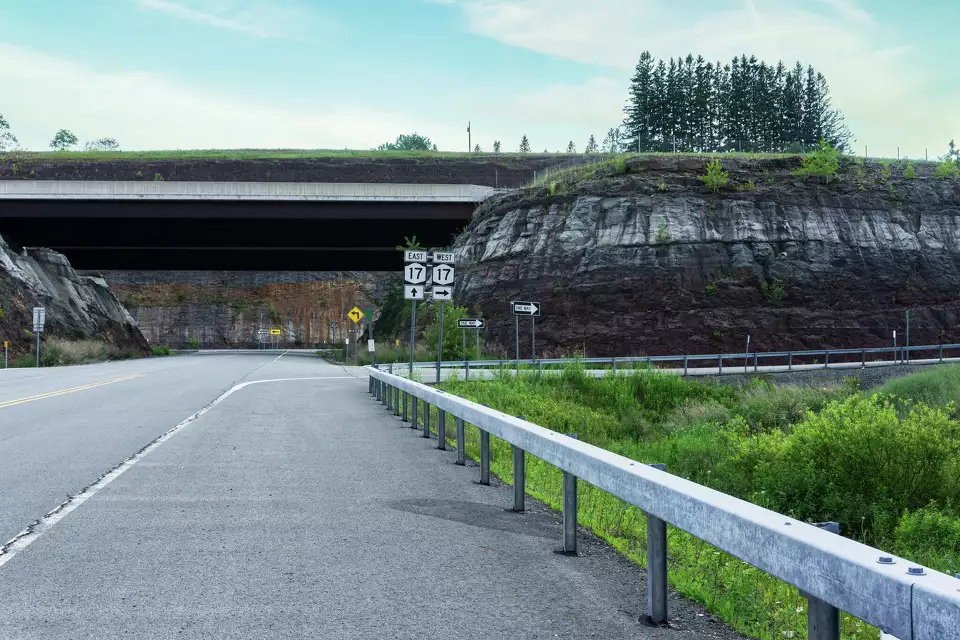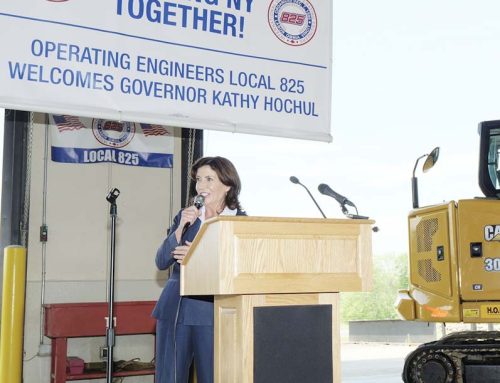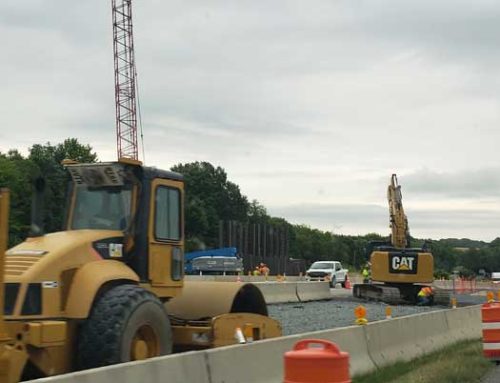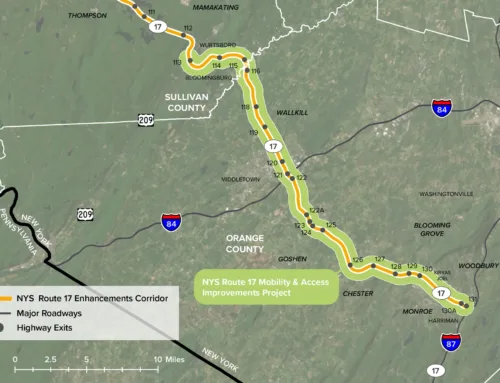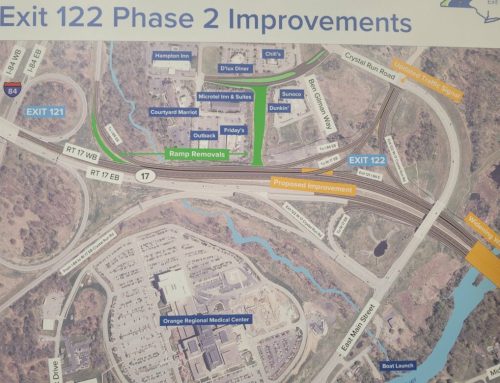Mobility isn’t a luxury; it’s a necessity. The Hudson Valley is growing — in population, tourism and business relocations and expansions. Our infrastructure needs to evolve with this reality.
Nearly half of New York’s major locally and state-maintained roads are in poor or mediocre condition, according to a new report by TRIP, a Washington, D.C.-based national transportation research nonprofit. Worsening traffic is hindering commuting and commerce, while the traffic fatality rate has risen significantly since 2019, according to TRIP. Motorists are footing the bill, to the tune of $38 billion a year, due to increased vehicle operating costs, collisions, and traffic delaysThat’s why we commend Gov. Kathy Hochul for including $800 million in additional funding for roads and bridges statewide in her executive budget. Here in the Hudson Valley, there’s another key piece of infrastructure in need of enhancement: Route 17.
Efforts are underway to improve mobility on Route 17 in Orange and Sullivan counties by adding a third lane east and west, along with making other upgrades to convert the corridor to Interstate 86. The project enjoys bipartisan backing at every level of government. The state Department of Transportation has been responsive to local concerns, addressing issues from safety and environmental impact to quality of life and financial costs. Two independent DOT studies verified the need for an extra lane, and the state is expected to release a draft of an environmental impact study this summer.
While the long-promised expansion is finally inching forward — with a significant portion of funding already allocated at the state level — the work is far from over. As the project progresses, additional resources and continued political will are essential to carry it across the finish line. After 40 years of waiting, we can’t afford to lose momentum. Public awareness and involvement will be critical in the months ahead — through public meetings, outreach to elected officials and community support. DOT will continue to collect comments from the public over the next few months as part of the environmental impact study.
An extra lane will ensure quicker access for emergency services — helping police, fire and ambulance teams respond faster. This means a safer journey for everyone, whether driving to work or a medical appointment or taking children to school.
An additional lane will ease congestion to tourist destinations and support local businesses that rely on efficient transportation for deliveries. Smoother traffic flow translates to less idling and, consequently, lower emissions — benefiting our environment.
Widening Route 17 isn’t about inviting more traffic; it’s about handling the existing flow more effectively. For example, in the fall of 2014, the New Jersey Turnpike introduced a widened highway in central New Jersey. Similar to the Hudson Valley, that region faced a population surge and job growth that had stretched its 35-mile corridor to capacity.
Our region is booming with a significant population increase: Orange and Sullivan are among the top five fastest-growing counties in the state. Tourism is at an all-time high: Some 6 million people visit Orange County each year and the Sullivan Catskills draw upward of 4 million.
While investing in public transportation is key for long-term sustainability — a convenient one-seat ride into Midtown Manhattan from Port Jervis or Middletown being one attractive option — we must recognize that cars and trucks will remain a part of our daily lives. Enhancing Route 17 isn’t a short-term fix; it’s an investment in our region’s sustainability. Now is the moment to raise our voices and help ensure this vital investment in safety and mobility becomes a reality.
Daniel Ortega is a founding member of 17-Forward-86 and community affairs chief for Engineers Labor-Employer Cooperative Local 825.

